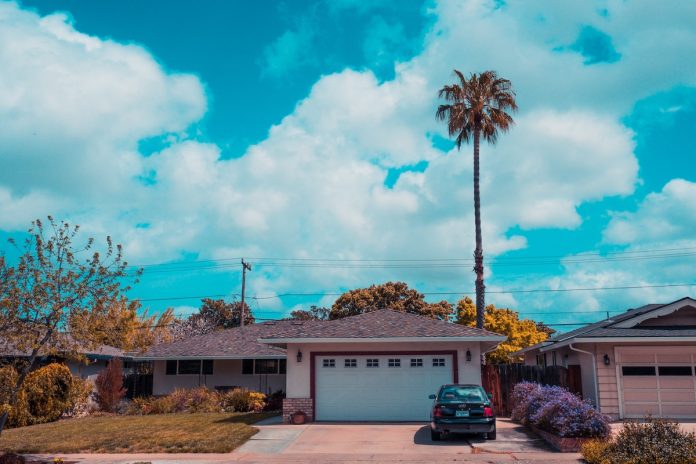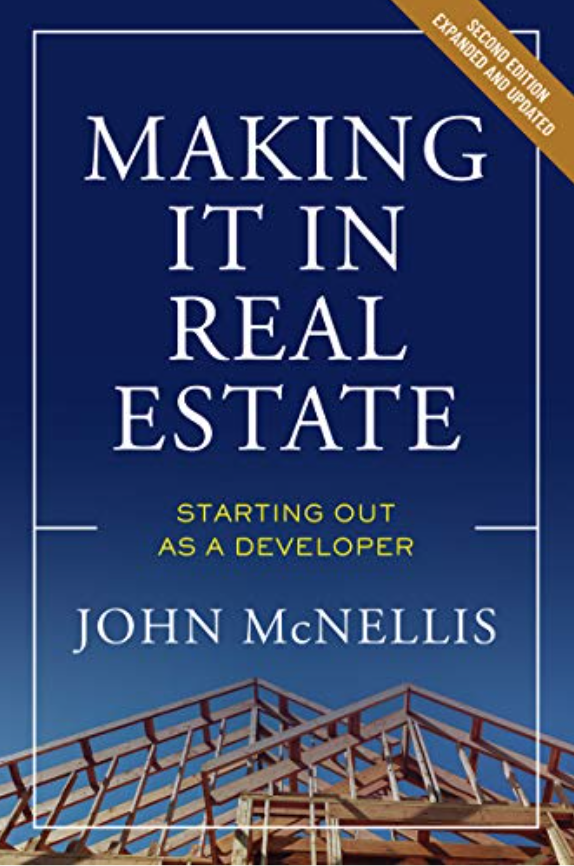To shelter-in-office (yes, mostly alone), I now walk through a couple miles’ worth of pleasant, leafy neighborhoods in Atherton, Menlo Park and Palo Alto. These post-war neighborhoods vary a bit in quality and density but have common attributes: Their prices are ridiculous and the houses all have garages. And, from a casual inspection, it seems that few garages have anything to do with cars. Cars are parked everywhere else: on the driveway, on the street—even on the lawn—anywhere but the garage.
Properly viewed, these neighborhoods-and thousands of others throughout California-could do wonders for our housing shortage. If only we had the political will. If we could just put that dog-eared adage, “Never waste a good crisis,” to use, we could do something now. You can quibble around the edges with the following numbers, but their underlying truth is undeniable:
California needs 1.4 million more affordable units.
In 1960, the average American household consisted of 3.33 occupants; by 2019, household size in California had dropped to 2.57 occupants. In round numbers, this means that for every 4 houses in a neighborhood, we have 3 fewer residents than we did 60 years ago. In short, our suburban neighborhoods are considerably less dense than in days of old.
It could take years to climb back up that Thelma & Louise cliff we just sailed off
It costs an average of $750,000 to build a single affordable unit in the densely populated areas where they’re needed most (e.g. the Bay Area, the L.A. Basin). Not only are affordable residential projects breathtakingly expensive—no builder would touch one without vast governmental subsidies—they’re nearly impossible to build because of entrenched local opposition. Cities are only too happy to volunteer sites for affordable projects…two towns away.
A typical two-car garage is about 480 square feet (20 x 24 feet). Coincidentally, the average studio apartment is about 500 square feet. I asked a highly-respected construction company what it would cost to convert a garage into a safe, snug studio with a private bath if a simplified state-wide building code were applied, one that insisted upon basic health and safety requirements (proper ventilation, electrical, plumbing and so on), but didn’t require the gold-plating by which so many municipalities throttle new construction (e.g. fire sprinklers and parking requirements)*. The all-in cost: $100,000.
Until Governor Newsom shut down California, a state-wide garage conversion plan would never have occurred to me. Who knew he had so much power? But if the governor can place our economy into an induced coma by executive fiat, couldn’t he revive it the same way? What could he do? Override the local zoning and building codes that have hamstrung our state. Decree that every single family home in California is entitled to convert its garage into a studio with no local approval process, no hearings, no fees or any other local oversight whatsoever. Develop a prototype garage conversion set of plans and then have licensed independent home inspectors (they already exist) do the plan-checking and construction inspections for set fees.
Once finished, permit the homeowner to charge whatever rent she chooses. (A basic 500 square foot studio will by definition rent cheaply). But-here’s the kicker—if the homeowner will rent it to an unrelated 3rd party, credit her back the entire cost of construction against her state taxes due over, say, the next 5 years. To get the credit, the homeowner would submit evidence of the on-going rental.
In short, cut the kudzu of over-regulation and let the homeowners of the state themselves—aided with a little state tax money—work toward solving our housing crisis.
The benefits to this approach are obvious: California would get tens of thousands of studio apartments built within a couple years—few forces in the universe are more powerful than financial incentive—the burden of housing our lower-income population would be more evenly distributed throughout the state, renters would be able to live in nicer neighborhoods, and those very neighborhoods would be no denser than they were sixty years ago.
Also, it could take years to climb back up that Thelma & Louise cliff we just sailed off. The construction industry will likely be hard-hit and doing garage conversions could prove some of the best work out there. And it goes without saying that anyone willing to have a stranger live in her former garage could really use the money.
The one real drawback to this idea is just as obvious: Neighborhoods, especially those where parking is already scarce, might suffer from a surfeit of cars. No doubt a price to pay, but a small one given the overall benefits to the state. Besides, those crazy Silicon Valley futurists could be right: The car might go the way of the Sony Walkman.
Let’s compare the two approaches: $75 million of state money gets us the financing for a theoretical 100 unit apartment building that no town will allow or, if credited to homeowners who need the money, we’d have 750 studios in much better neighborhoods than that apartment complex could ever possibly land in.
Let’s encourage the governor to be just as proactive with the housing crisis as he has been with the virus.
*The adage “Perfect is the Enemy of the Good” is worth bearing in mind when confronting our housing crisis. With the best of intentions, beleaguered politicians invariably add one more costly ornament after another onto affordable housing’s Christmas tree until it snaps beneath the weight of inessential requirements. Couldn’t we—for example—forego the union labor requirement, a condition that typically adds 25-30 percent to construction cost, in order to build affordable housing?
By the way, a corollary initiative would be to allow the construction of in-law units by right in the state. These would entail a different set of regulations (e.g. reasonable setbacks and height limitations) and economics, but the idea would be the same.



